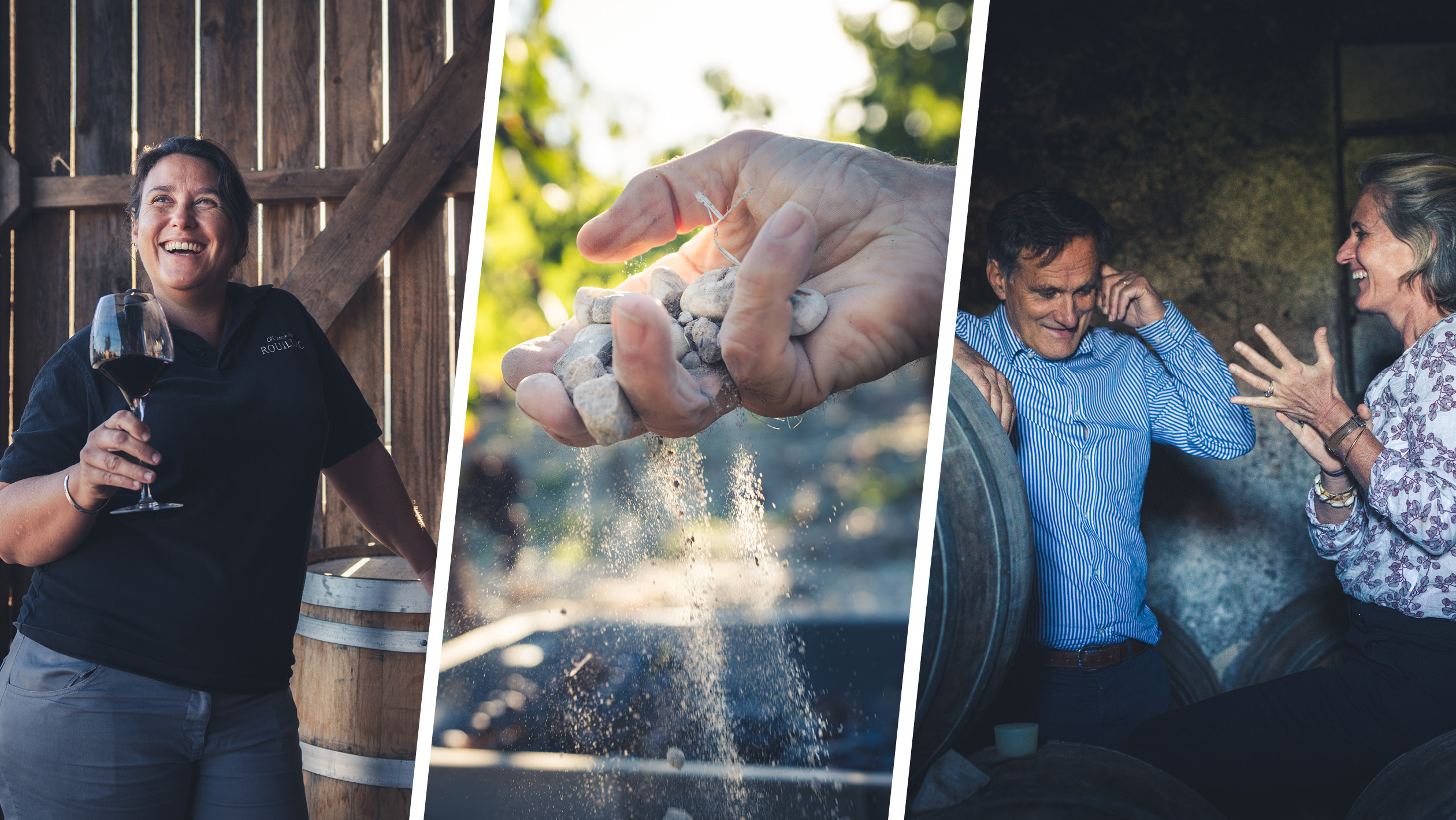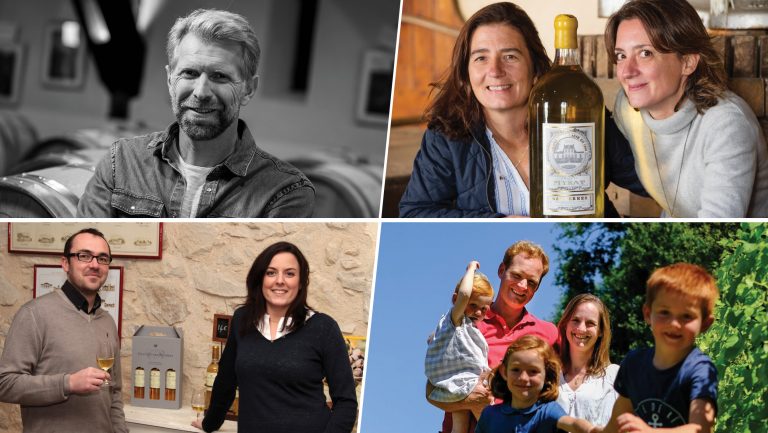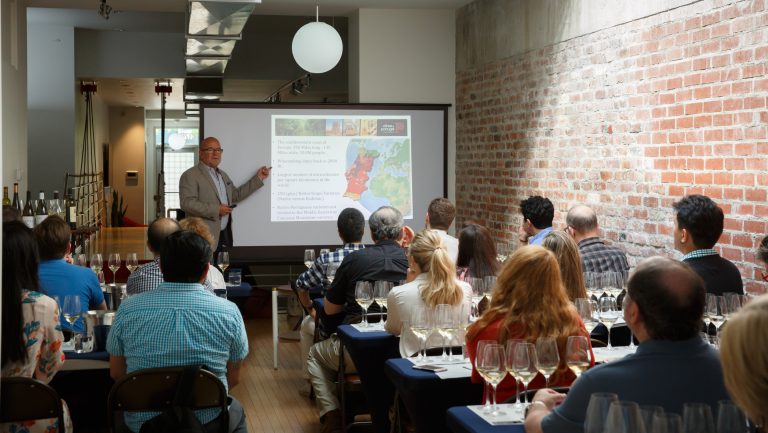This advertising content was produced in collaboration with our partner, Graves-Sauternes.
The four AOCs of Graves, Pessac-Léognan, Sauternes, and Barsac are the gateway to Bordeaux, offering exceptional red, white, and sweet wines. Shaped by an intricate blend of elements, including rivers, forests, and the Atlantic Ocean, the terroir of this region, known collectively as Graves-Sauternes, lends itself to a variety of wines with broad appeal and remarkable finesse.
A diversity of microclimates and soil types give each AOC a distinctive character, and in turn, distinctive wines. Through these wines, each appellation adds to the renown of the Left Bank, where more than 450 dedicated winegrowers, known for their small vineyards and big personalities, carry on a spirit of innovation and centuries-old family expertise. The châteaux of Graves-Sauternes range from small, intimate plots to some of the world’s most historic and well-known estates, including the Grand Crus de Classés.
The vignerons of Graves-Sauternes demonstrate the living legacy of Grands Vins de Bordeaux. The best way to explore the intricacies of these appellations is through the voices of the vintners who know them best. Here, the women and men of Graves-Sauternes share how they blend terroir with winemaking know-how to craft unique and memorable wines in each of the region’s four AOCs.

Don’t miss the latest drinks industry news and insights. Sign up for our award-winning newsletters and get insider intel, resources, and trends delivered to your inbox every week.
Graves: Pierre-Edouard Chatin of Château de Respide
Graves is the only appellation in France to be named after its soil, says Pierre-Edouard Chatin, the owner of Château de Respide. The name Graves refers to the “rolled stones” deposited by the Garonne River from the Pyrenees mountains. Hiding a clay underlayer, this stony landscape shapes fruity and vibrant wines with abundant freshness and elegance. The red wines from these vineyards deliver complex aromatics and are elegant and long-lasting. The whites express lively notes of delicate flowers and citrus, showing ample purity and minerality, with a light salty touch on the finish. “In Graves AOC, in general and at Château de Respide especially, wine production has always been a family activity,” says Chatin.
Graves represents a page out of French winemaking history, the first place in Bordeaux where the Romans planted vines when they arrived in present-day France. Today, it enjoys an excellent reputation throughout western Europe, yet is still being discovered by many drinkers in North America. Graves wines are known to be one of the top value-for-money appellations in France, which can make them very appealing to U.S. wine buyers.

Pessac-Léognan: Jean-Christophe Mau of Château Brown
Jean-Christophe Mau credits the unique character of Pessac-Léognan, a communal appellation of the Graves region, for shaping the wines he produces at Château Brown. The deep gravel soils where he cultivates Cabernet Sauvignon provide the remarkable conditions that elicit silky, elegant tannins in these red wines. The white grapes, including Sauvignon Blanc and Sémillon, are located on a cooler clay vein, guaranteeing freshness during hot, dry summers. The climatic hazards of recent years have prompted Mau to review certain viticultural practices, such as delaying pruning and limiting leaf thinning, particularly on white grape vines.
Pessac-Léognan appeals to drinkers seeking elegant French wines of unflappable quality, yet this region is still waiting to be widely discovered internationally. However, the proximity to the city of Bordeaux makes Pessac-Léognan the only peri-urban appellation, cultivating a connection with its customers and visitors in Bordeaux. “We work day after day, year after year, to shape and sculpt our vines to produce the very best grapes,” says Mau. “Our know-how is immense, and it’s up to us to share it with the world.”
Sauternes: Emilie Bon of Château Voigny
Emilie Bon credits an alliance of nature and winegrower know-how for the success of Sauternes. This exceptional appellation is known for the specificity of its terroir, which produces wines with rich and diverse aromatics. In autumn, the berries are transformed by the fungus Botrytis cinerea, otherwise known as the noble rot, which concentrates sugars and aromas. Thanks to its precise geographical location, Sauternes appellation benefits from a microclimate that is essential to the development of botrytis.

Château Voigny and its neighbors are devoted to reflecting the wide-ranging aromas and diversity of these sweet wines, providing buyers and drinkers with an offering that can satisfy diverse tasting experiences. “The charm of Sauternes lies in its many facets,” says Bon. When enjoyed young, it is fresh and vibrant, but with some cellaring (up to 20 years or more), it evolves to offer more richness, indulgence, and candied fruit. These wines can grace casual apéro hours and traditional dinners, and complement sweet or savory food pairings. Enthusiastically received by both wine novices and aficionados, Sauternes wines, with their incredible complexity and unique versatility, are among some of the most renowned, coveted wines in the world.
Barsac: de Pontac Sisters of Château de Myrat
Slanie Ricard de Pontac and her sister, Elisabeth de Pontac, together manage Château Myrat in Barsac, one of the five villages within greater Sauternes. Barsac is a wine made from noble rot, and achieves its unique flavors starting on the vine. This artisanal product needs to be handled with exacting care. “Grape by grape, cluster by cluster, we pick the well-concentrated fruit to craft our sweet wine, which is made with all-natural sugars,” says Ricard de Pontac. The person who picks the grapes during this careful process—which can take up to four passes through the vineyard—is known as “the first winemaker” of Château de Myrat, an 1855 Cru Classé.
The specificity of the Barsac appellation is the limestone and clay soil on a fissured bedrock, which provides natural draining. The limestone gives Barsac wines finesse, minerality, and freshness. This balance appeals to connoisseurs of noble rot wines as well as those who are just becoming familiar with the category. “This is a wine for pleasure,” says Ricard de Pontac. It is enjoyed young or left to age for a more meditative experience. “It can be enjoyed at any time,” she adds.
The wines from Graves-Sauternes offer a world of unmatched value that is yet to be fully discovered. From the exquisite red and white wines of Graves and Pessac-Léognan to the remarkable sweet wines from Barsac and Sauternes, these appellations cater to every type of buyer and consumer, whether seasoned connoisseur or novice wine enthusiast.

Dispatch
Sign up for our award-winning newsletter
Don’t miss the latest drinks industry news and insights—delivered to your inbox every week.









